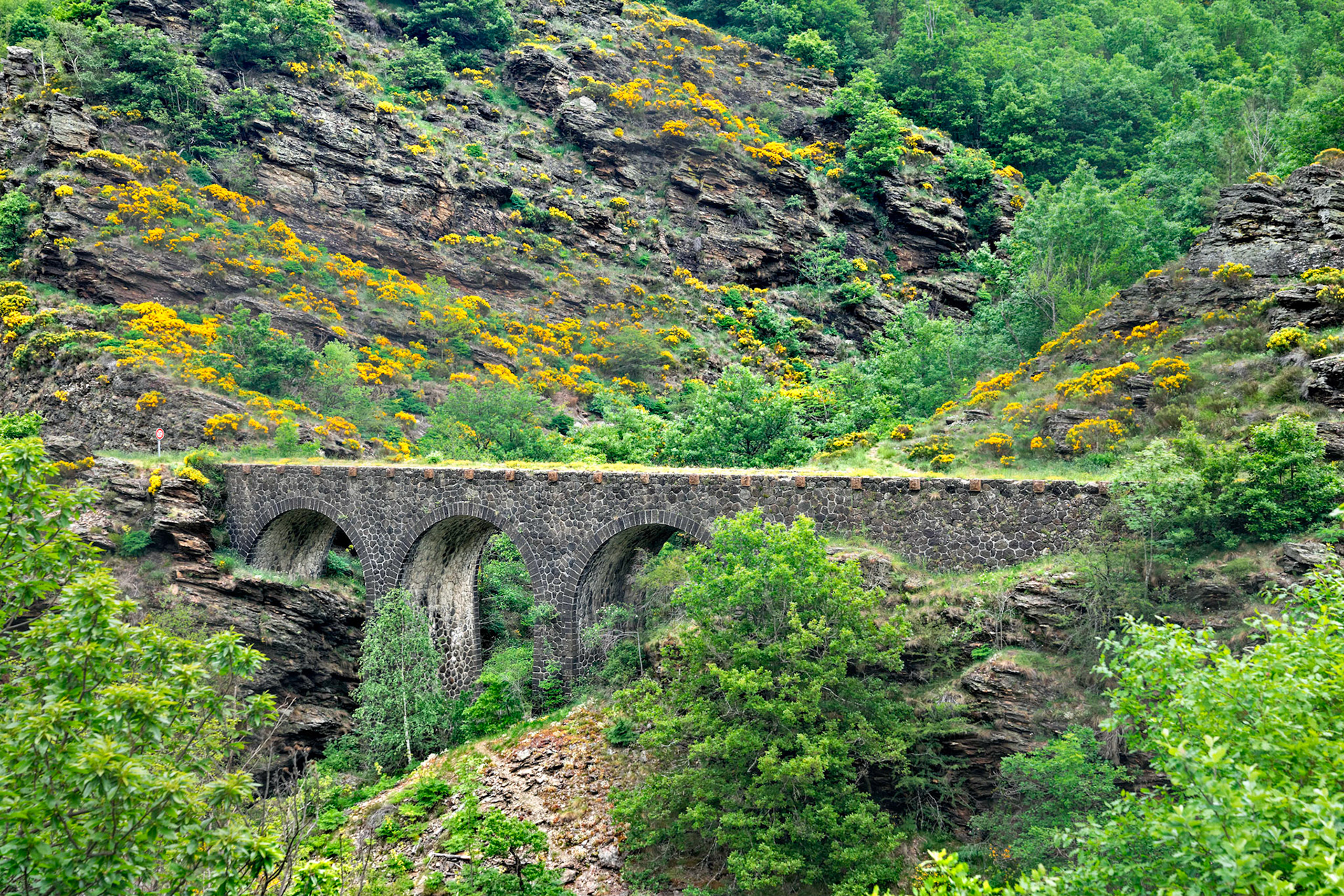The "good life" is alive and well in Languedoc-Roussillon. There are beaches to explore, outdoor cafes to sit and people-watch, market days, and an incredible diversity of cuisine to sample.
The Market in Arles
The Saturday market in Arles comprises a walking area of 1.5 miles, and has been in operation since 1854. Gigantic wheels of cheese, cut open to tempt you. Dozens of platters of olives. Fresh Mediterranean fish and seafood of all sorts. Too many varieties of fruits and vegetables to list. Loaves, rolls, and rings of warm bread, baguettes, croissants and brioche.
And if you want to eat while walking … massive pans of paella, and rotisserie chickens cooking on a spit, with their fat dripping down onto roasting potatoes.
And if you want to eat while walking … massive pans of paella, and rotisserie chickens cooking on a spit, with their fat dripping down onto roasting potatoes.


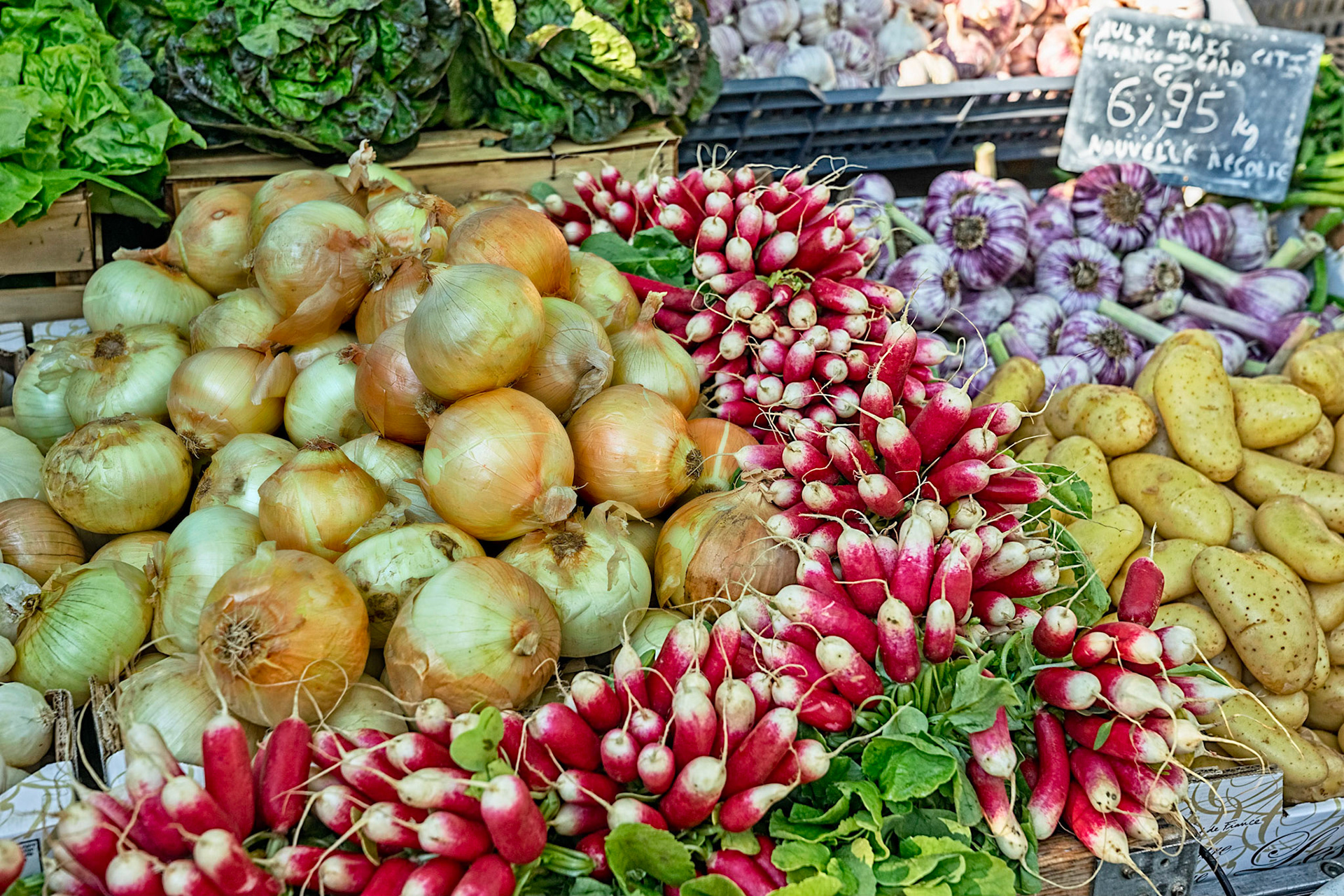
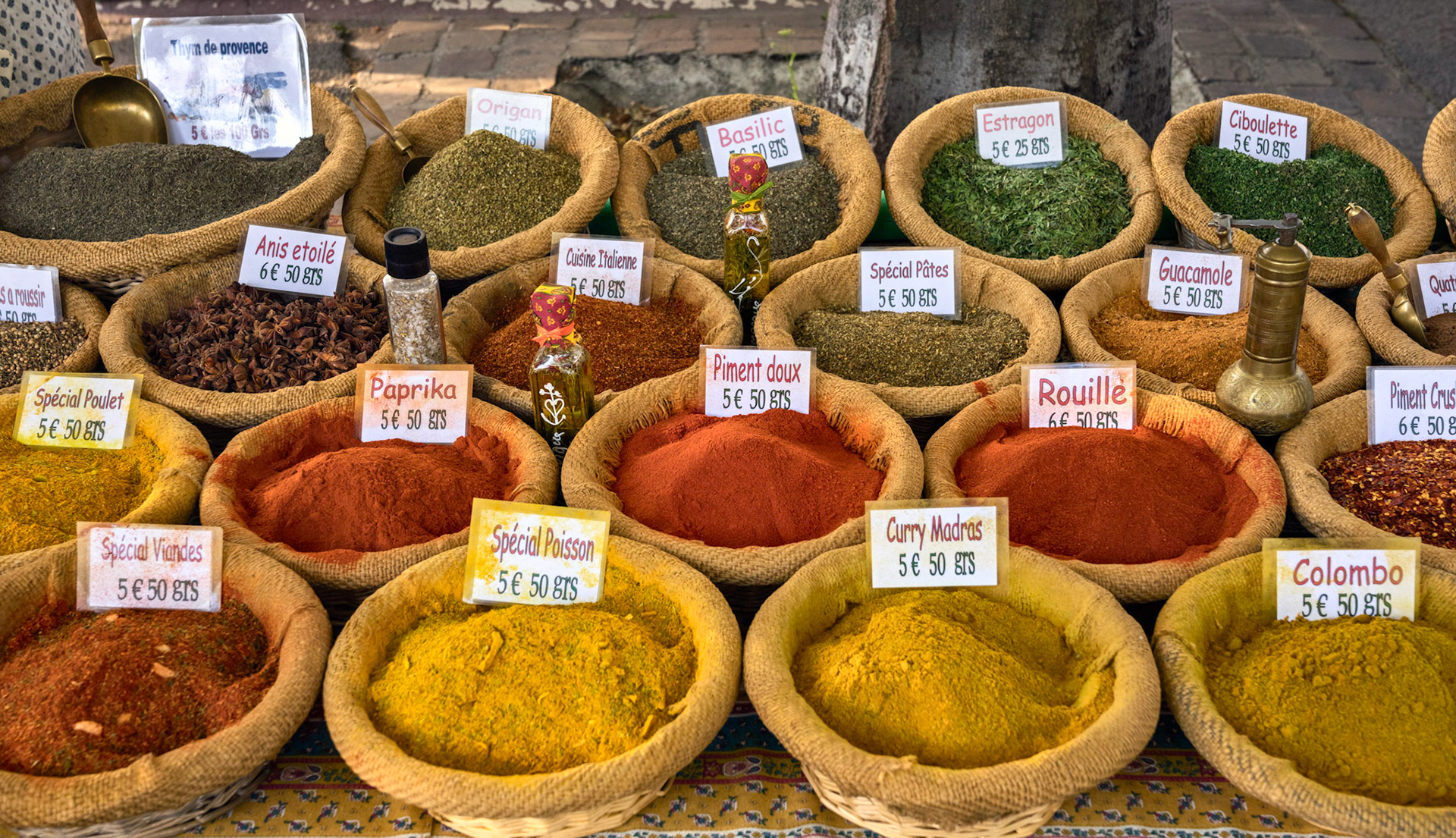

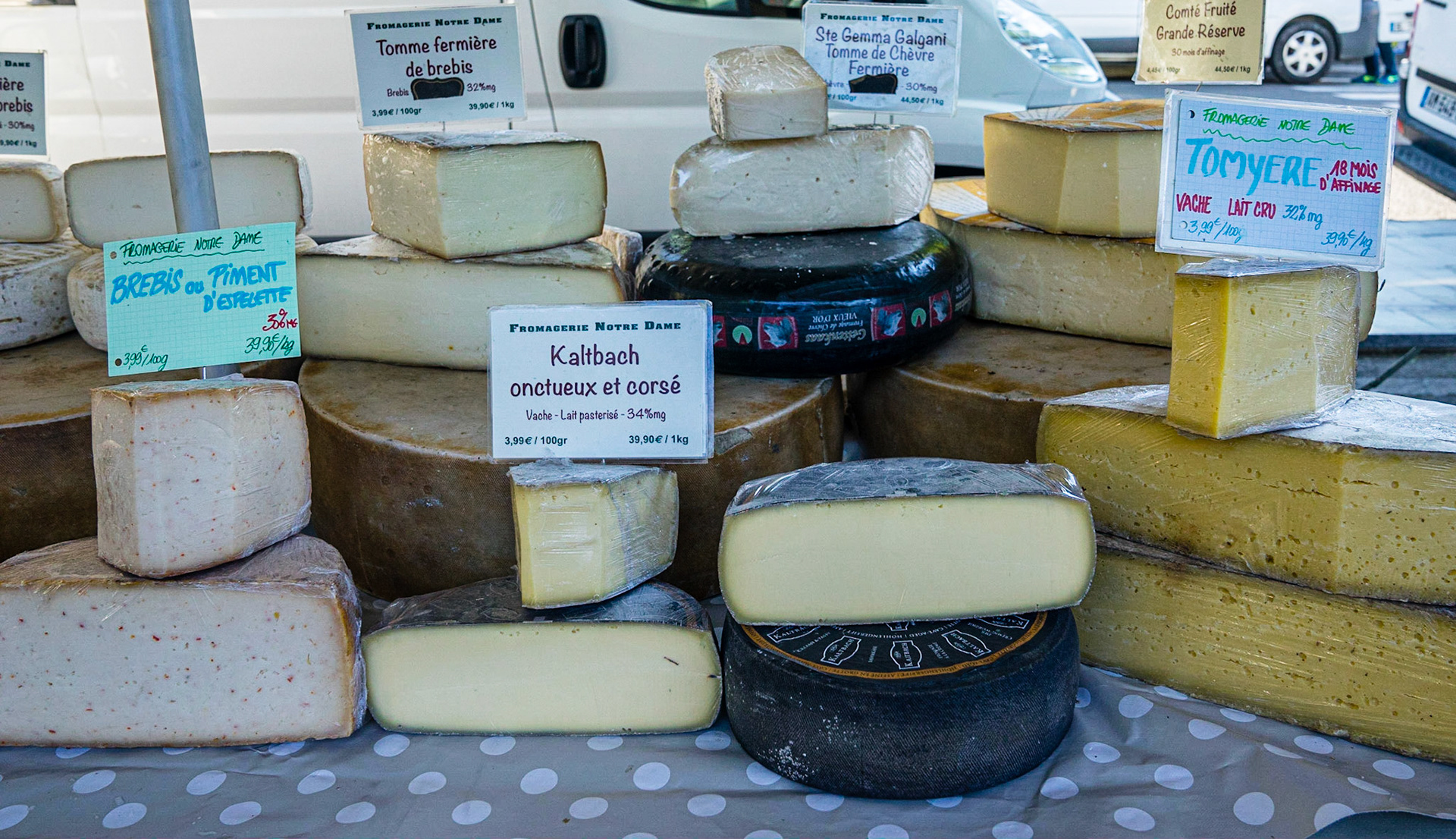
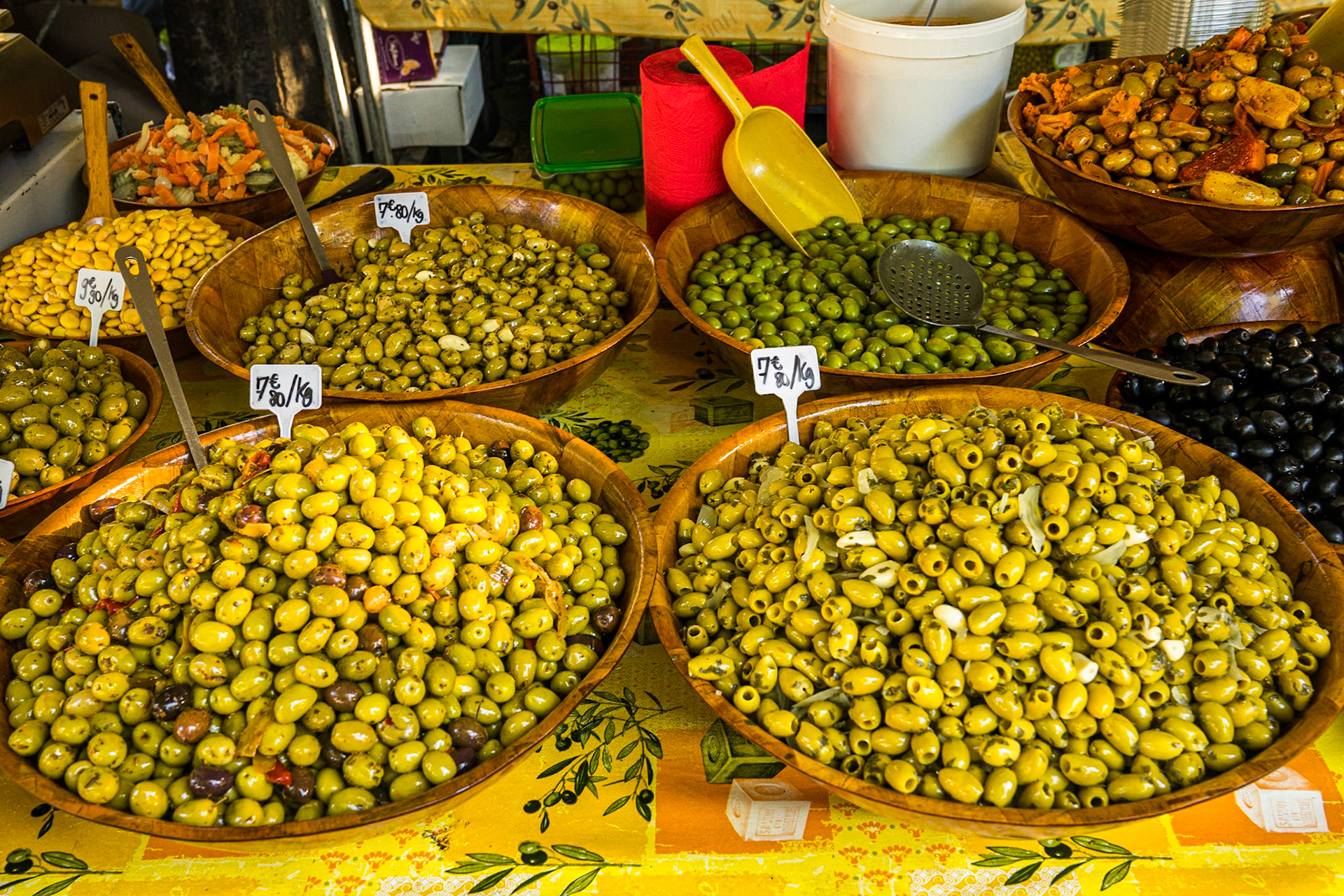
Cafe culture

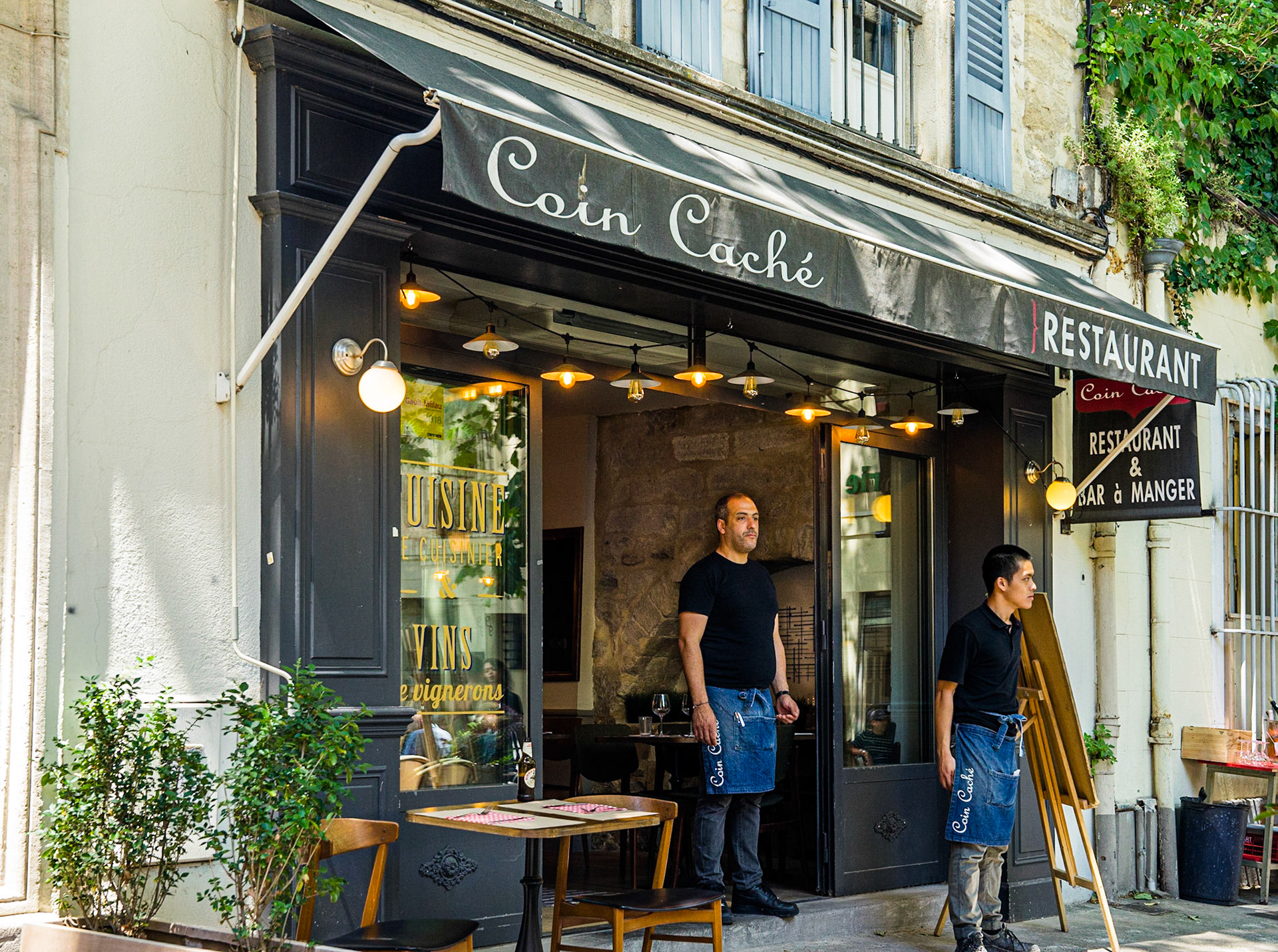
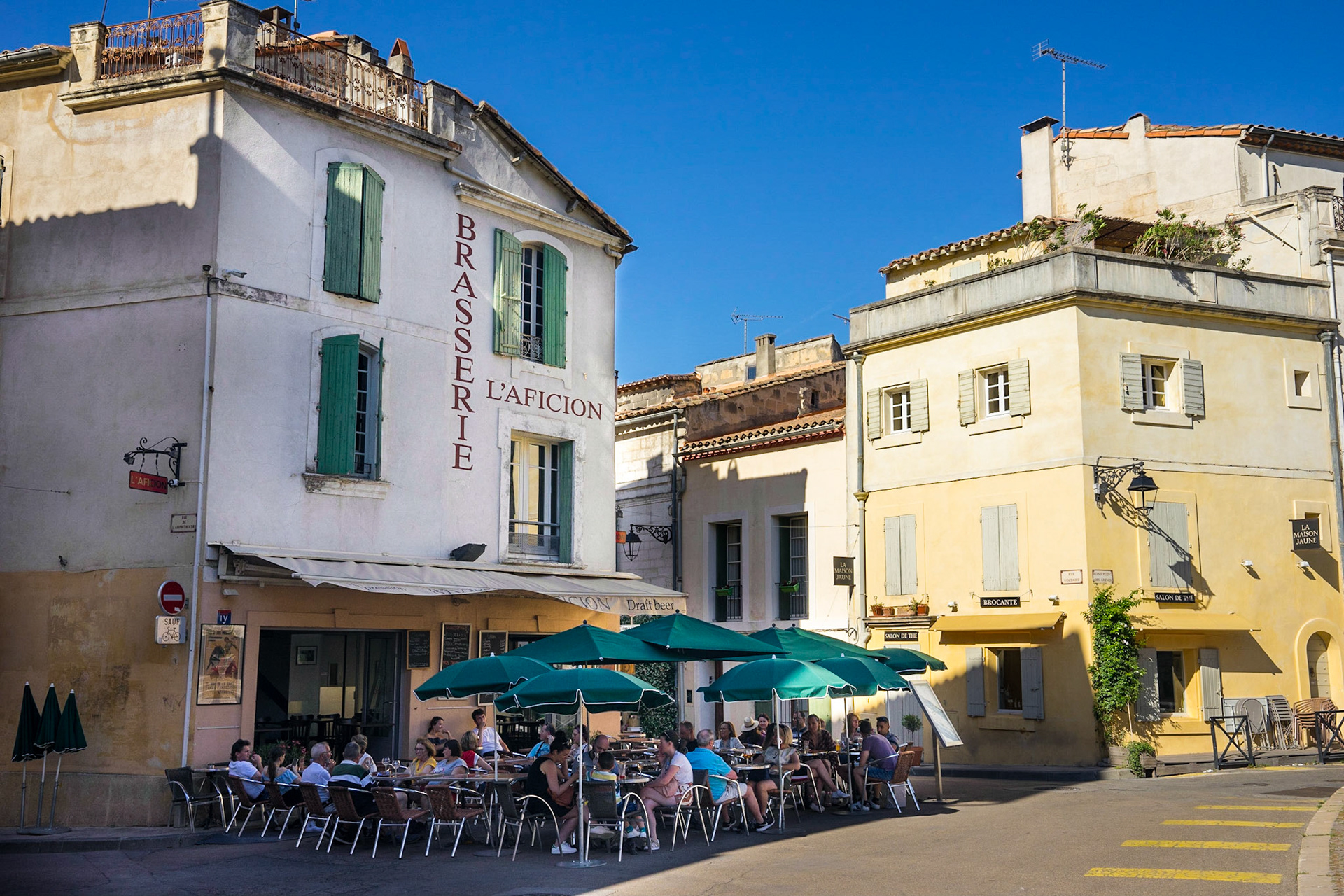
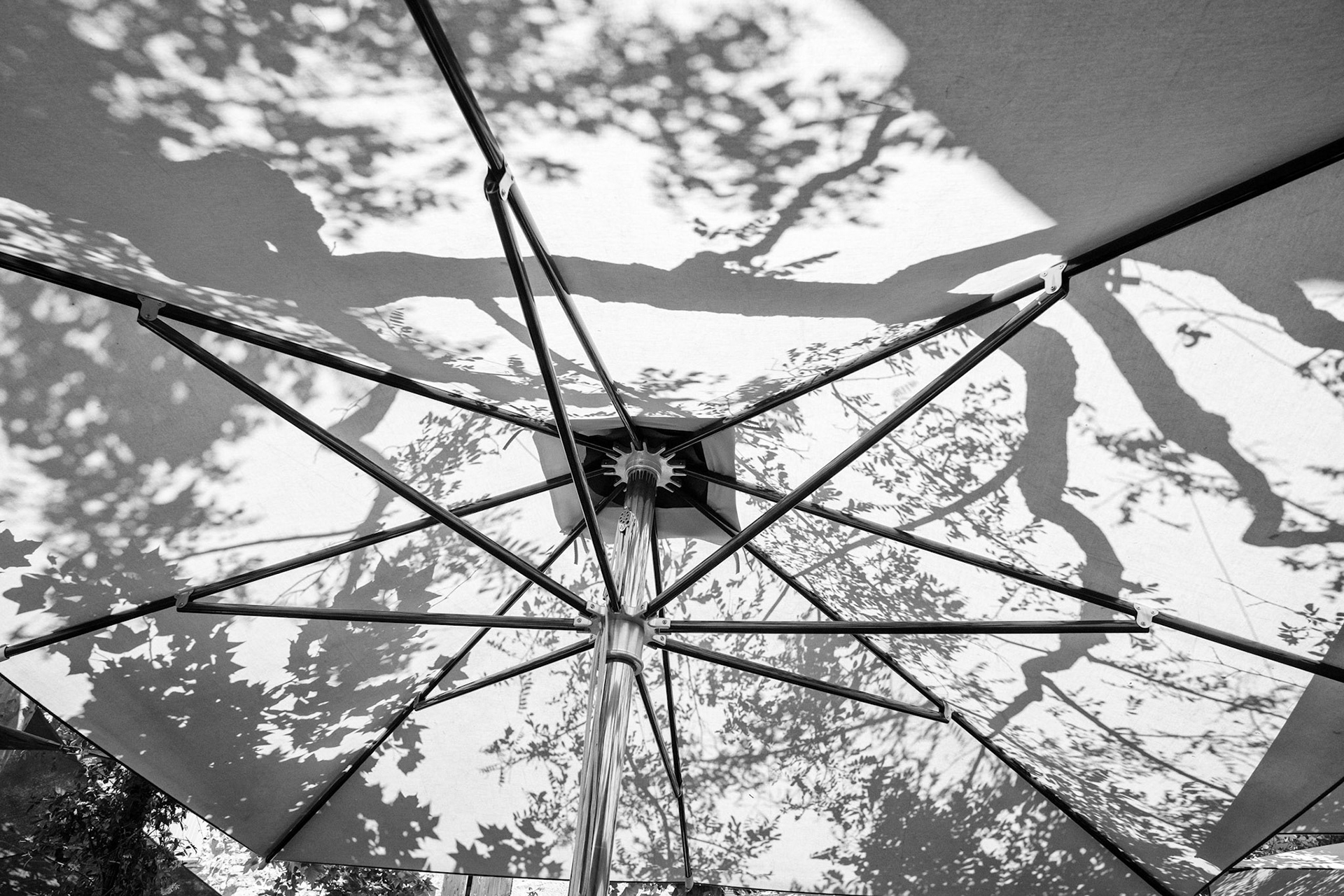
Hanging out in Roussilon (Catalonian France)
Medieval Collioure was the trading port for Roussillon. Tucked away on a rocky coast, this small Mediterranean town is a mélange of Catalan and French culture. Situated around a pretty bay, the town provides a scenic setting for a day of leisurely walking. Rows of pastel-colored houses, fine restaurants and up-market cafes make it a great place to hang out.
In geographic contrast, Ceret is a Catalonian town with shady avenues and tall plane trees, that lies in the foothills of the Pyrenees. Its history dates back to medieval times, well before annexation by France. The area is known for its love of bullfighting and cherry orchards. Both Matisse and Picasso had spent time living here.
Michel, our host in Salses-les-Chateau

Colliure

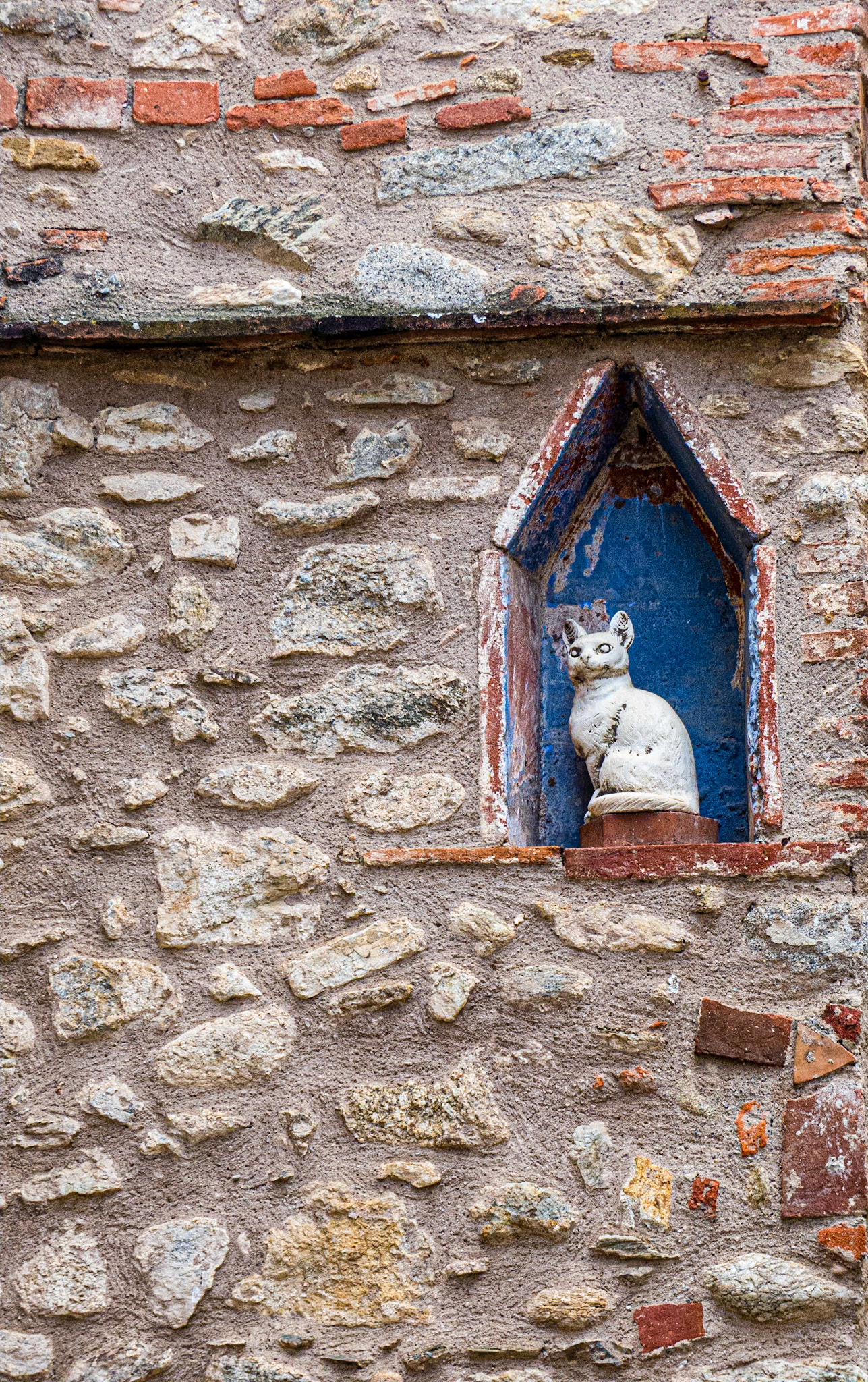
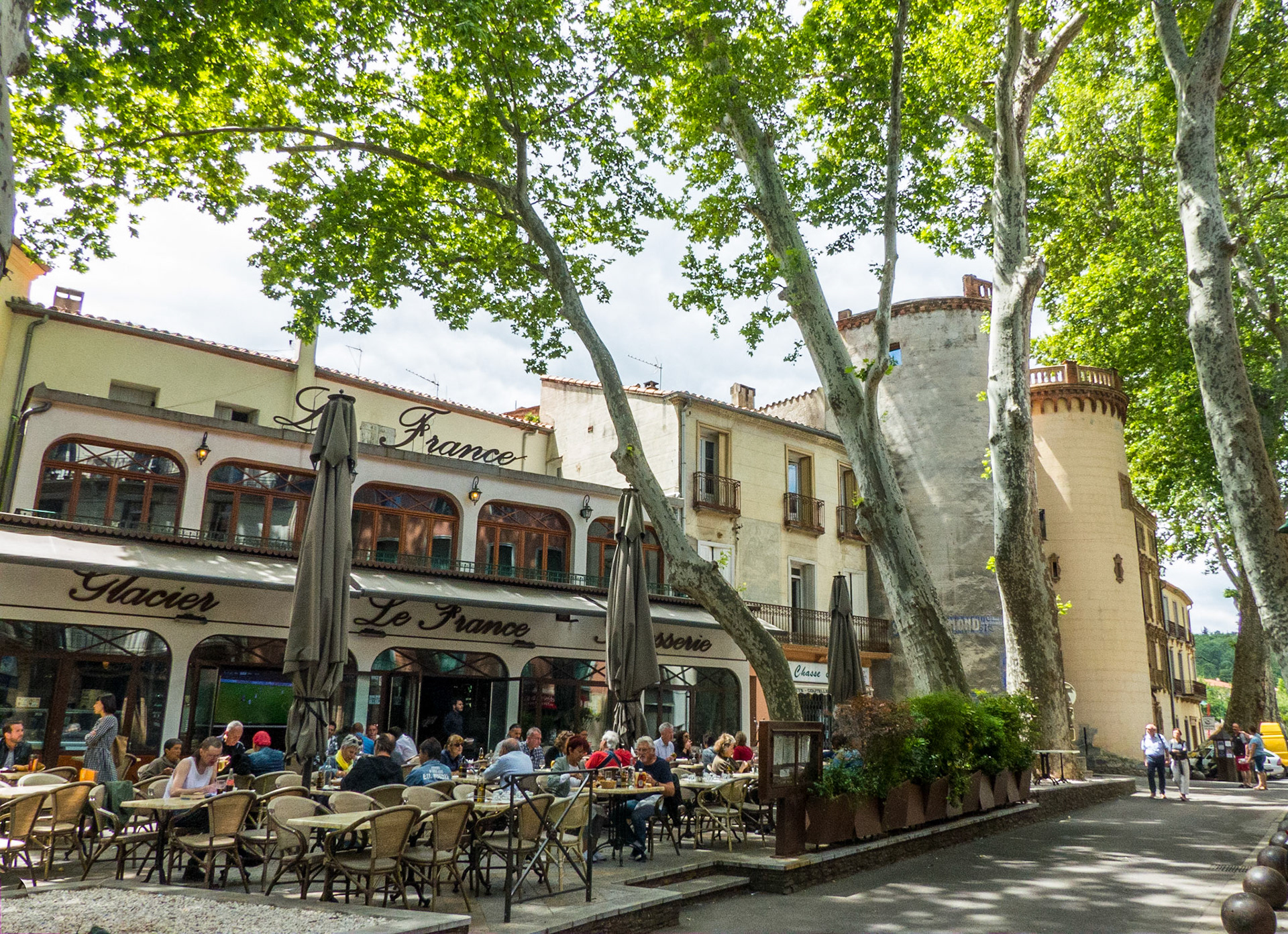
Ceret
Ceret Museum of Modern Art
In July 1946, Pablo Picasso went to the annual exhibition of potters in Vallauris. After visiting the Madoura workshop run by the Ramié spouses, he sees the range of possibilities that ceramic can offer. A year later, Picasso returned and innovates. He defied all the traditions of baking the material, and eventually made more than 4000 pieces. In Ceret are a series of pieces depicting local bullfighting.


Gastronomie
The cuisines and ingredients used in Languedoc Roussillon, are surprisingly varied. The unique geographical situation of the Languedoc Roussillon region allows one to find a wide variety of products within a small area. Located between sea and mountains, one can find a perfect climate for agriculture of any kind, as well as the sea, so abounds with seafood of all kinds, fruits, vegetables, grains and meats.
From the authentic Cassoulet stew to the fine Crème Catalane, a traditional Languedoc-Roussillon's meal brilliantly combines the aromas of French gastronomy with the influence of Catalan cuisine.
On the coast, the town of Sète is famous for its bourride, a fish stew with a garlicky mayonnaise. Other fish such as sea bass, tuna and sardines proliferate on the menus of many seafood restaurants.
Move towards the Spanish border and the cuisine takes on a distinctly Catalan flavor. Not only is there a marked increase in the consumption of both olive oil and tapas, but there’s also a preponderance of grilled pork sausages to be found on menus
On the coast, the town of Sète is famous for its bourride, a fish stew with a garlicky mayonnaise. Other fish such as sea bass, tuna and sardines proliferate on the menus of many seafood restaurants.
Move towards the Spanish border and the cuisine takes on a distinctly Catalan flavor. Not only is there a marked increase in the consumption of both olive oil and tapas, but there’s also a preponderance of grilled pork sausages to be found on menus
The cheese table at L'Ambrosia, near Carcassonne
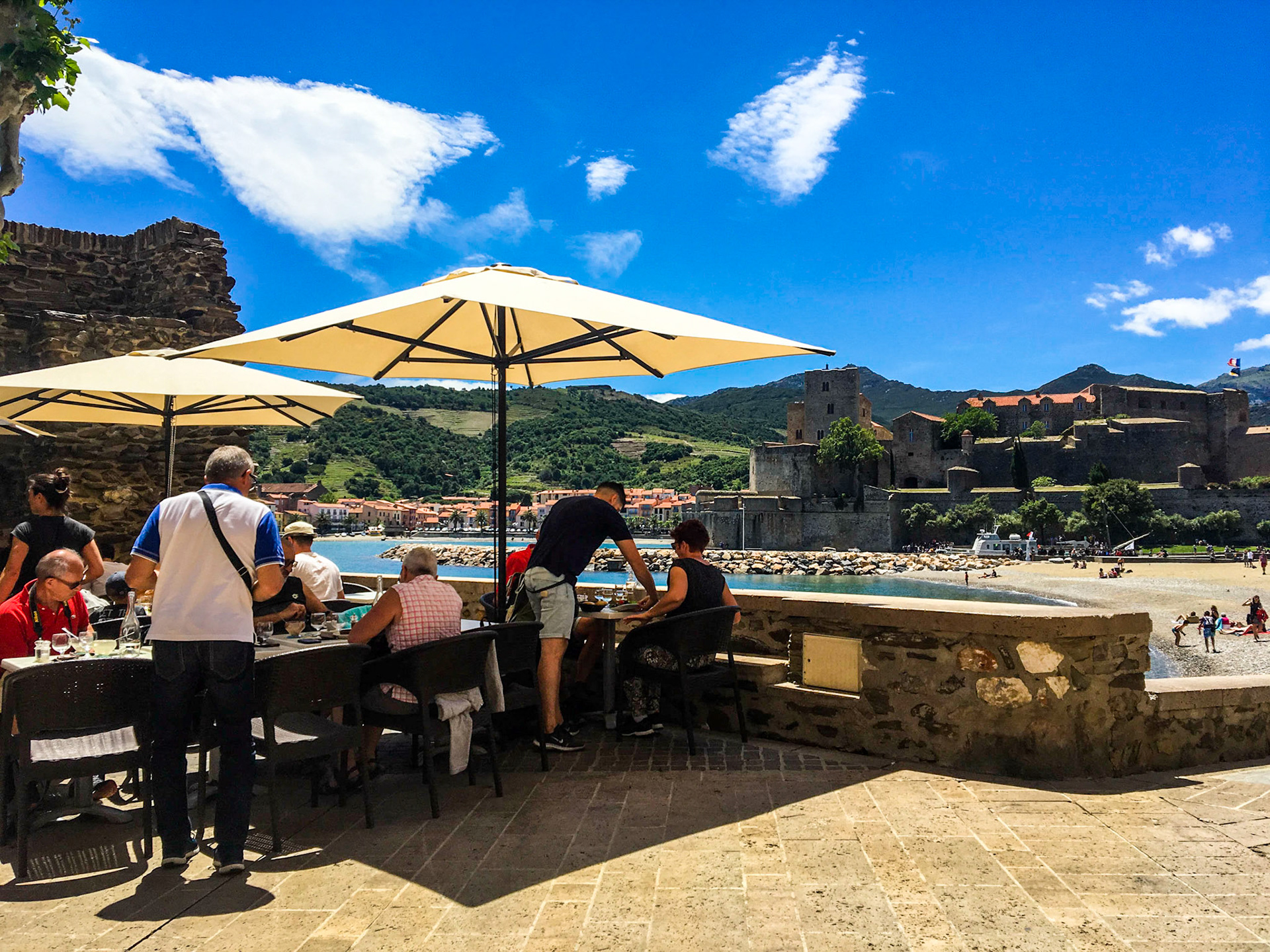
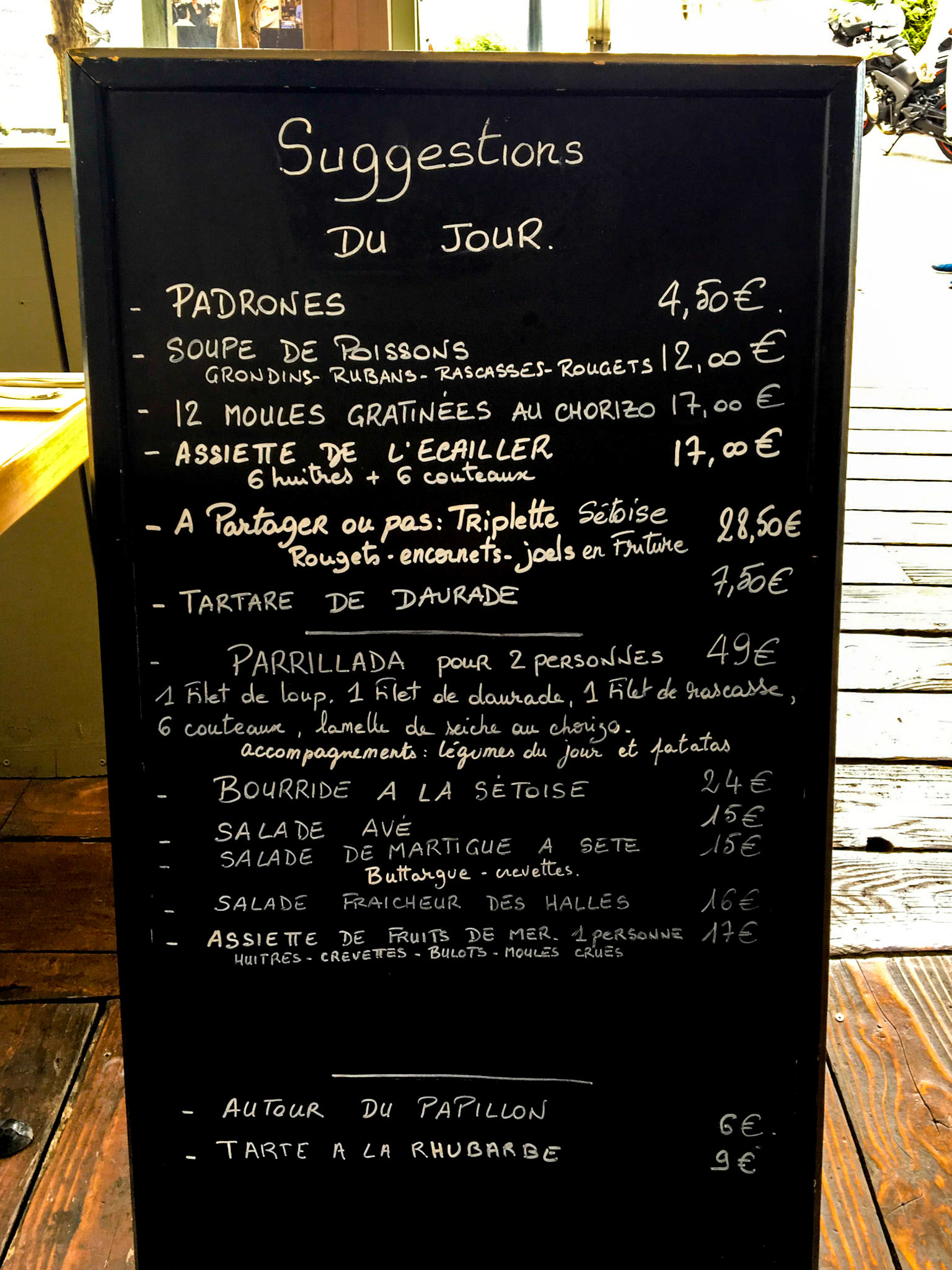

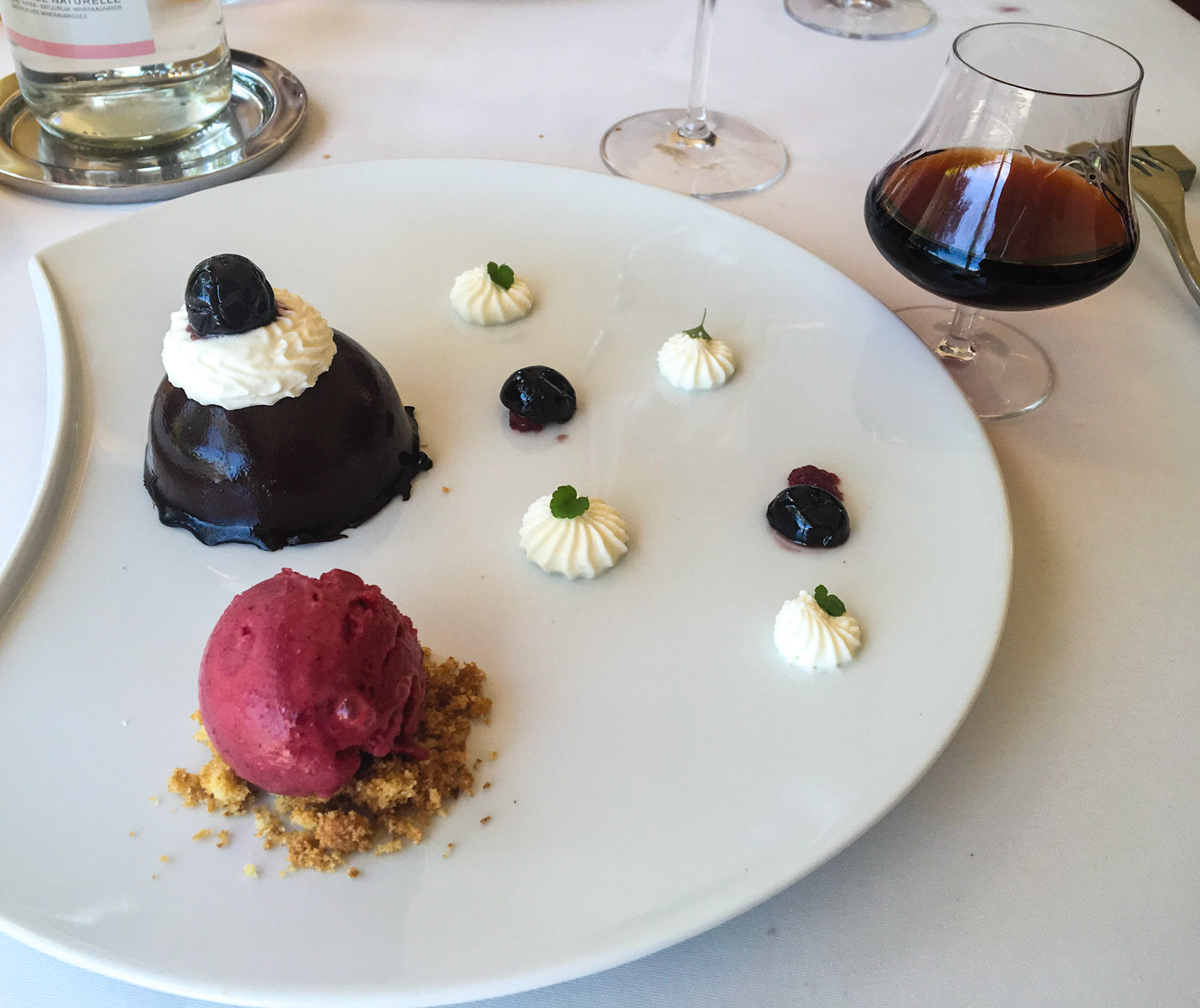
Dessert at L'Ambrosia

Jambon, fruit and sherry at Domaine le Rombeau in Perpignan

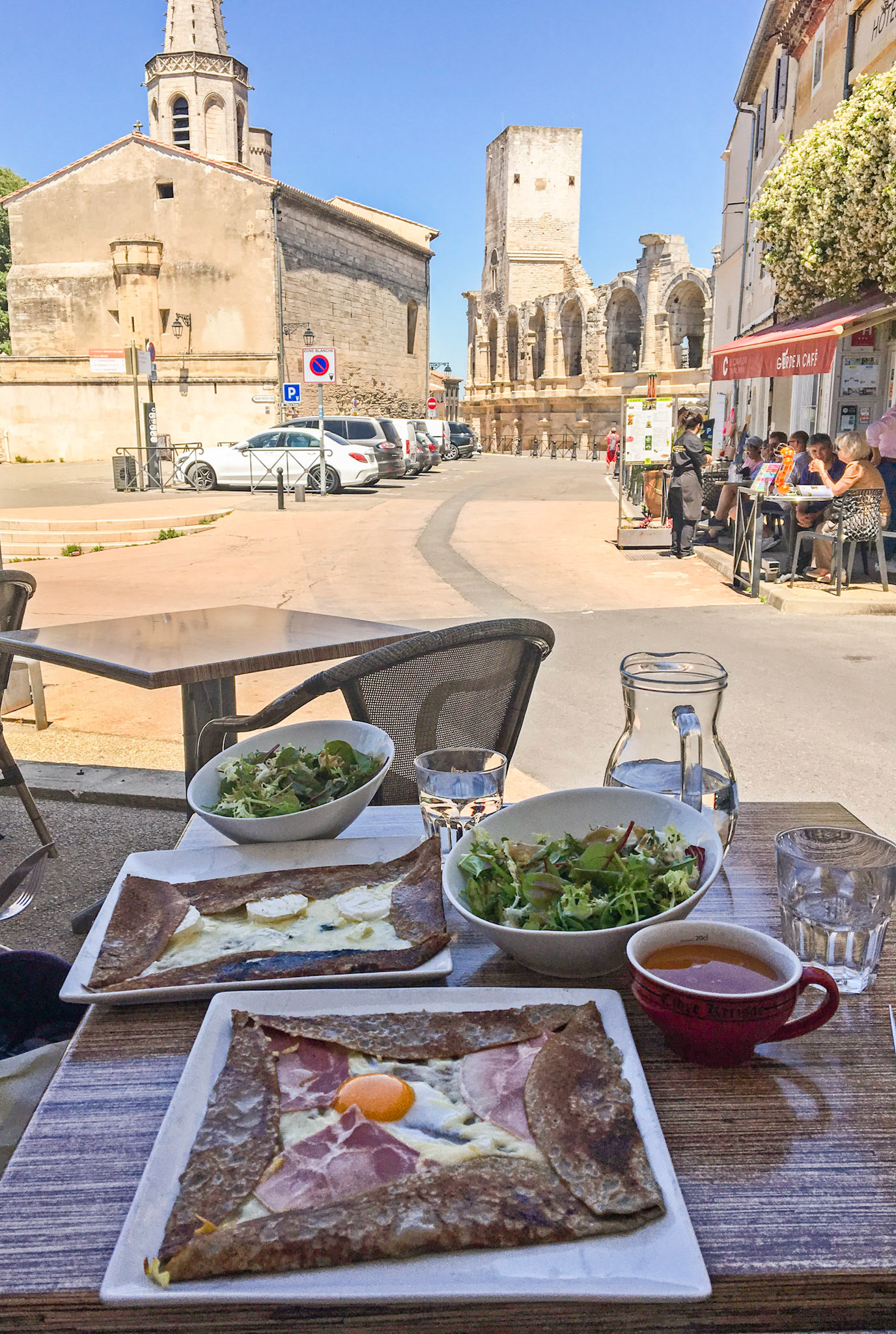
Eating crepes in Arles
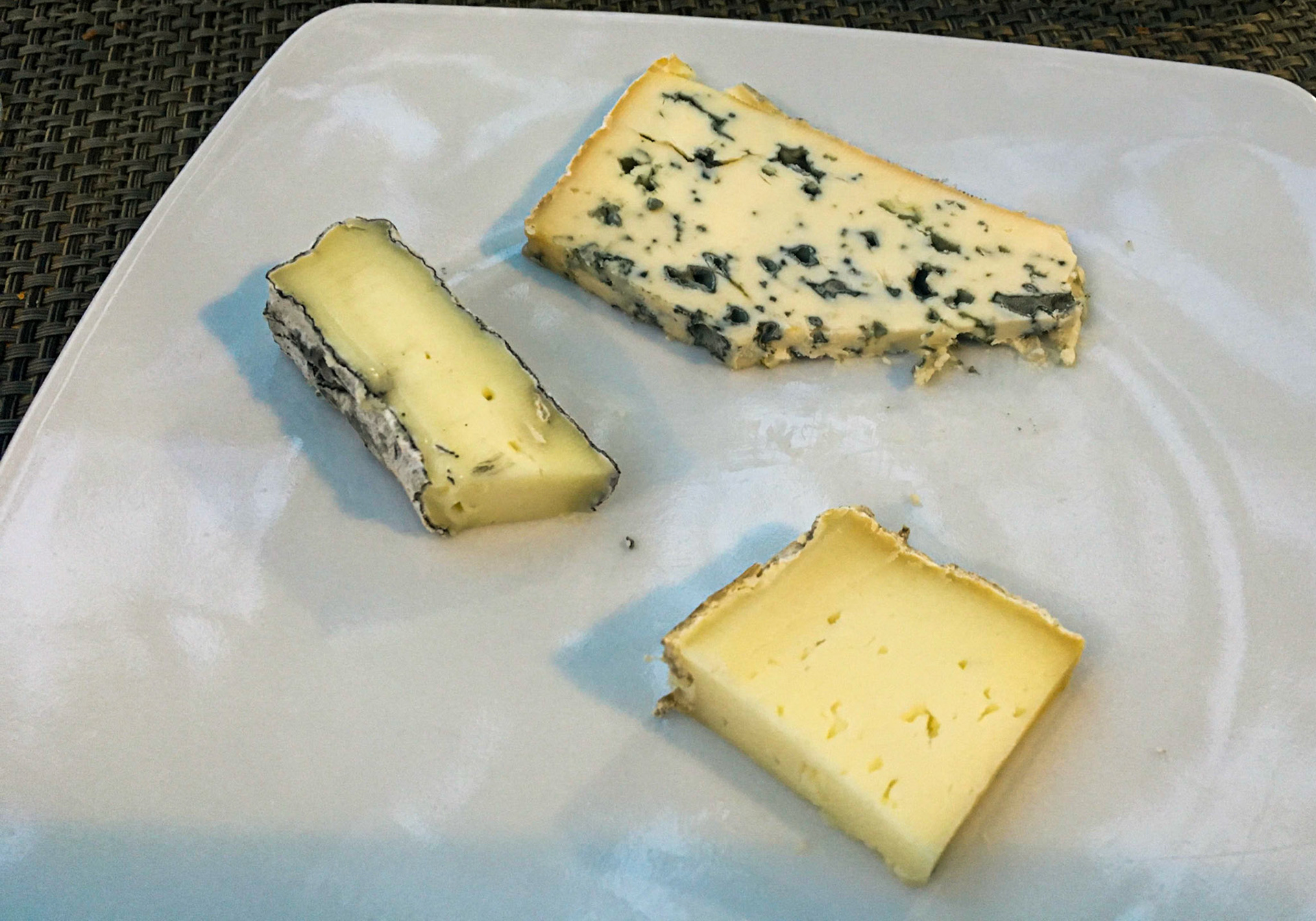
On the road and on foot

